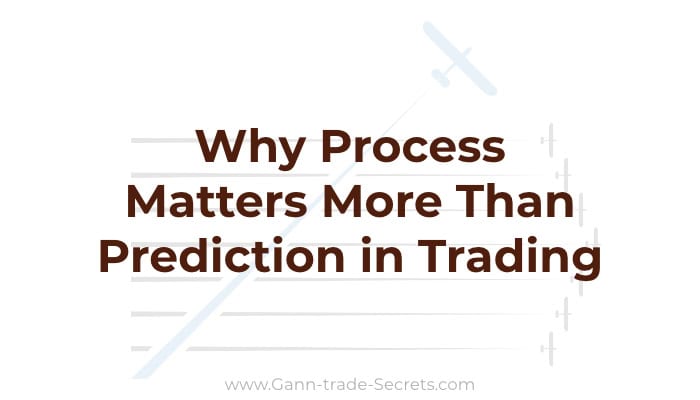In trading, not every price move is what it appears to be.
Sometimes the market looks weak, only to reverse. At other times, it makes a sudden fast move and catches everyone by surprise.
That creates confusion, traps, and leads you to make decisions impulsively rather than thoughtfully.
That’s why learning to differentiate a false move from a real one isn’t just a nice-to-have skill—it’s essential to your survival.
Many traders struggle at this point. They react to every move, without understanding whether it actually matters and is worth it.

Let’s take a recent example from Bank Nifty.
Over the last two trading days, it fell nearly 500 points. Many thought it was the start of a deeper decline. But that move didn’t carry real strength.
Now compare that with today’s move.
Bank Nifty dropped 800 points in a single session—sharper and more decisive than the previous two days combined. More importantly, it offered a strong sell setup trade, especially for day traders who were prepared and were reading it logically.

That’s the move that mattered, especially from a day-trading perspective.
The trading approach you use shouldn’t just follow price—it should help you understand what kind of move is unfolding. That’s how you avoid reacting to slow declines like the last two days.
But when a move like today’s fall happens, your approach should help you recognise when the breakdown is real and worth acting on.
That’s the difference: spotting the trap versus catching the real move. It’s an edge built on a clear understanding, not guesswork or luck.
And that’s precisely what we’ve been building.
Our upcoming course, Trading the Universal Sequences, is built to give you this exact kind of edge. It is scheduled for release in the third week of July, perhaps a bit earlier. – Divesh

If you have any questions or want to learn more about my new course, Trading the Universal Sequences, feel free to send me a message at [email protected].


